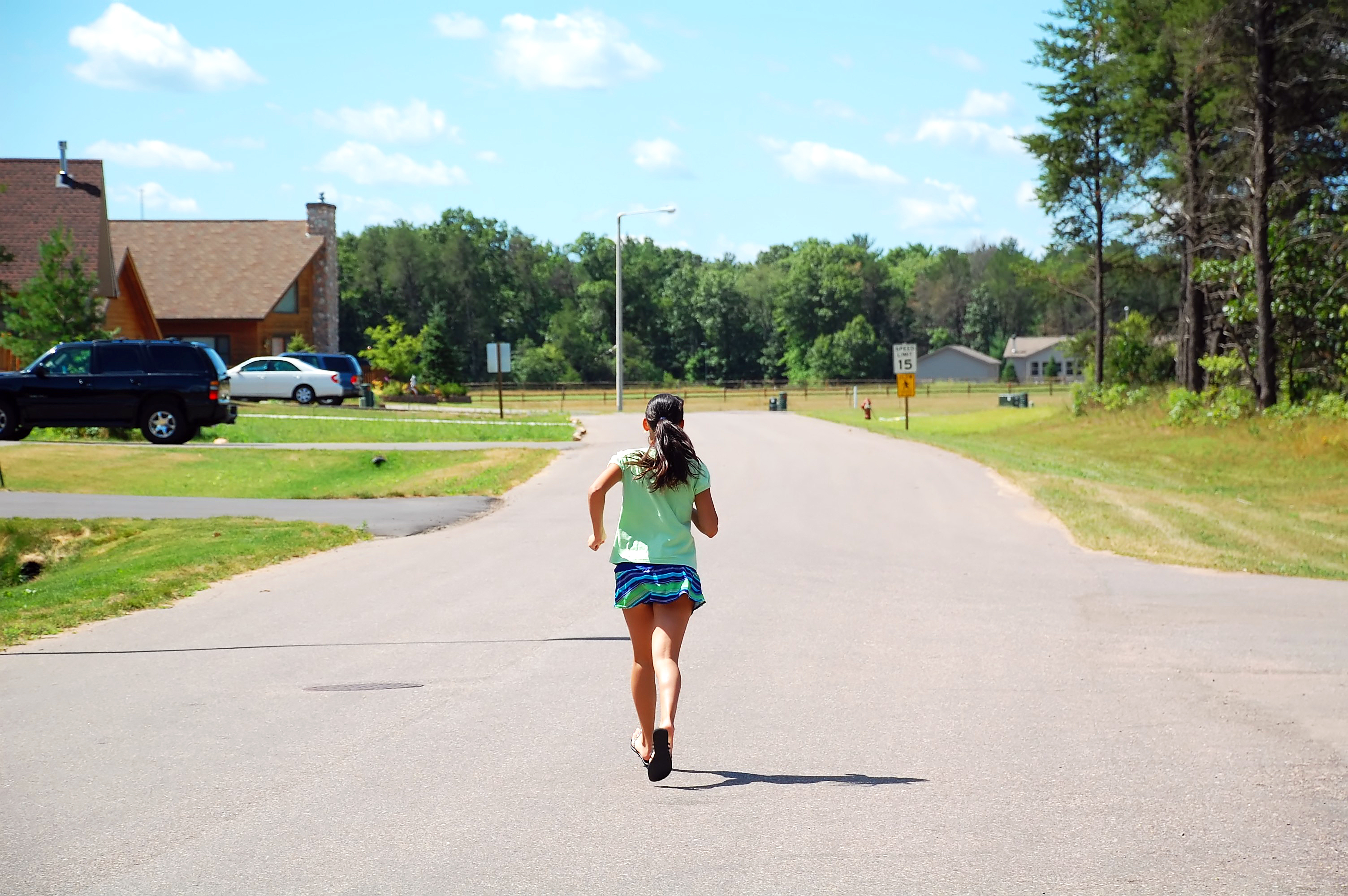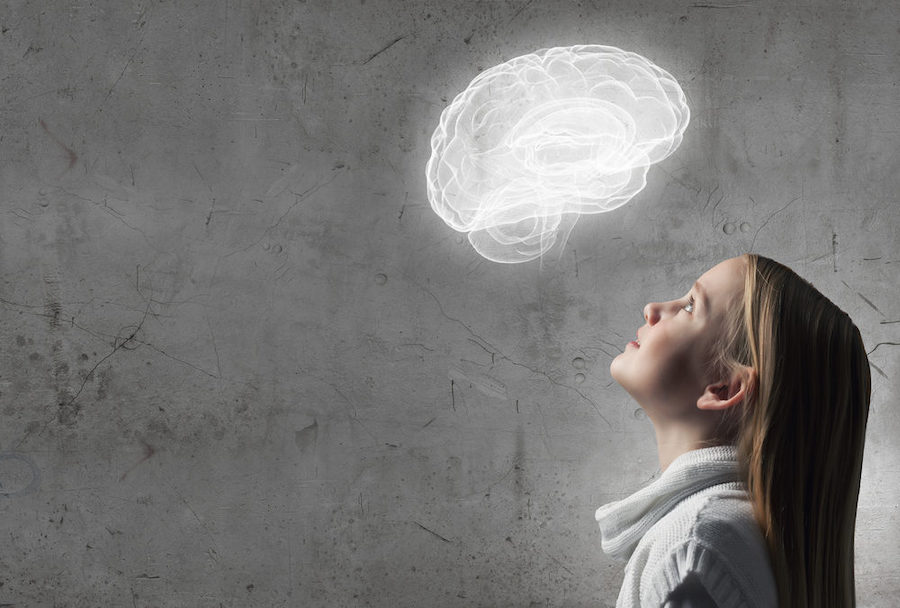
Learning Acceleration with Movement-Based Learning
When students return to school this fall, educational leaders will focus on how to reconnect school communities and leverage personalized learning in order to accelerate recovery.
While exploring ways to accelerate learning, we focused on how physical activity contributes to the effectiveness of these efforts.
By providing students with opportunities to move their bodies, students may develop a healthier brain which can lead to greater academic success.
The following sections cover ways physical activity can benefit children's brains, including cognition, academic performance, academic achievement, and behavior control.
1. A Healthier Nervous System (The Body’s Command Center)
Physical activity can influence the peripheral nervous system as well as the central nervous system, especially in growing brains. The nervous system serves as the body's command center.
This command center involves the networks within the brain that adapt and change through growth and reconstruction. This is called brain plasticity, or neuroplasticity.
As a result of the pandemic, many children suffered trauma and learning loss. Therefore, it is essential to reestablish healthy nervous systems. Movement activities throughout each day can help students build healthier brains that are ready to learn.
2. A Better Functioning Hippocampus (The Brain’s GPS)
What can be more important than students feeling motivated, regulating their emotions, and storing new information accurately? The hippocampus is largely responsible for these functions, and studies have shown that physical activity encourages structural changes and improved functioning in this part of the brain.
Students can exercise the hippocampus by increasing physical activity. Exercise reduces stress, and improves or maintains the functions of the hippocampus. Students who are physically active are more likely to successfully navigate the school day.
3. A Higher Level of Executive Functioning
Despite the benefits of movement on the brain, many students are sedentary throughout the school day. In children with high levels of fitness, the prefrontal cortex works more efficiently. Executive functions such as focusing, planning, and self-regulation occur in this area of the brain.
Physically fit children also have higher P3 amplitudes. The P3 waves within the brain are the measured responses that result from decision making. This correlates to high executive functioning. The result is that children are better able to focus on learning and cope with difficult emotions that may arise.
Movement, an integral part of the Walkabouts platform, provides these evidence-based benefits. With Walkabouts, students will learn, move, and smile together!
Learn more about the research and discover the science behind Walkabouts on our website.





